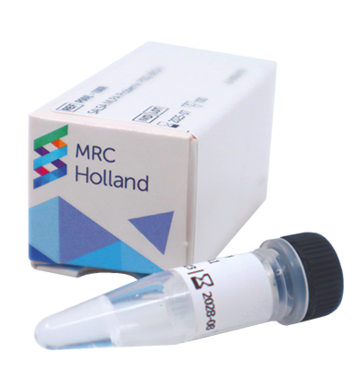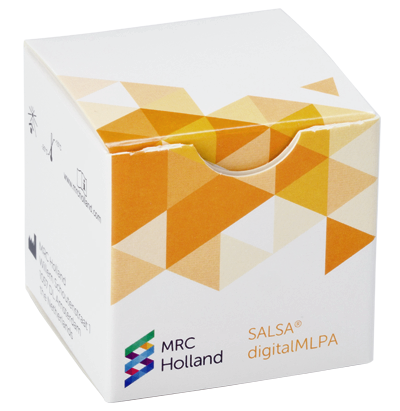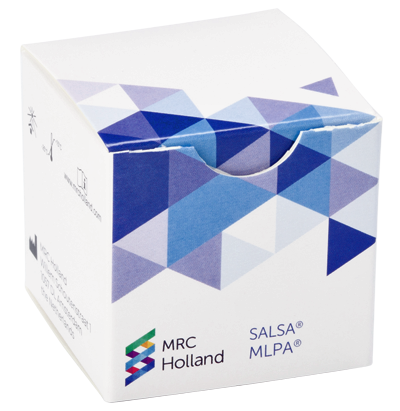Lynch syndrome (LS; formerly known as hereditary non-polyposis colorectal cancer (HNPCC)) is a hereditary cancer susceptibility syndrome predisposing to several cancer types, the most prevalent being colorectal cancer (CRC), endometrial cancer, gastric cancer and ovarian cancer. It is an autosomal dominantly inherited syndrome caused by heterozygous germline variants in the DNA mismatch repair (MMR) genes, including MLH1, MSH2, MSH6 or PMS2. The estimated contribution of the different genes to LS is 15-40% for MLH1, 20-40% for MSH2, 12-35% for MSH6, and 5-25% for PMS2. Germline deletions of the 3'-end of EPCAM result in inactivation of MSH2 by hypermethylation of the MSH2 promoter, and are the cause of LS in 1-3% of cases (Tutlewska et al. 2013). Although it is expected that deletion of exon 9 of EPCAM (including the transcription stop site) would be sufficient to lead to hypermethylation of the MSH2 promoter, studies have shown that the identified EPCAM deletions included at least exon 8 and 9 (Kuiper et al. 2011, Rumilla et al. 2011). More information on LS is available on GeneReviews.
Mutations in the MUTYH gene also result in a hereditary predisposition to colon and gastric cancer, which is referred to as MAP. In contrast to LS, MAP is an autosomal recessive disorder characterised by ten to several hundred colonic adenomatous polyps evident at a mean age of 50 years. However, colon cancer can also develop in the absence of polyposis. A single defective copy of the MUTYH gene may result in no, or only a small increase in risk for CRC. Phenotypes of Lynch (like) syndrome and MAP can partly overlap. There are two common MUTYH mutations, c.536A>G (p.Tyr179Cys) and c.1187G>A (p.Gly396Asp), that are carried by ~1%-2% of the general population and account for ≥90% of all MUTYH pathogenic variants in northern European populations. Up to 70% of MAP patients harbour at least one of these variants (Aretz et al. 2013). Since the MUTYH gene is small (11 kilobases (kb)), the eleven copy number detection probes present in this P072 MSH6-MUTYH probemix are expected to detect most of the MUTYH copy number changes as 11 out of 16 exons are covered. For instance, the most frequent CNV in MUTYH – a deletion of exon 4-16 that is reported in multiple patients (Castillejo et al. 2014) – can be detected with nine probes in this probemix. More information on MAP is available on GeneReviews. For complete exon coverage of MUTYH the SALSA MLPA probemix P378 MUTYH is available.







